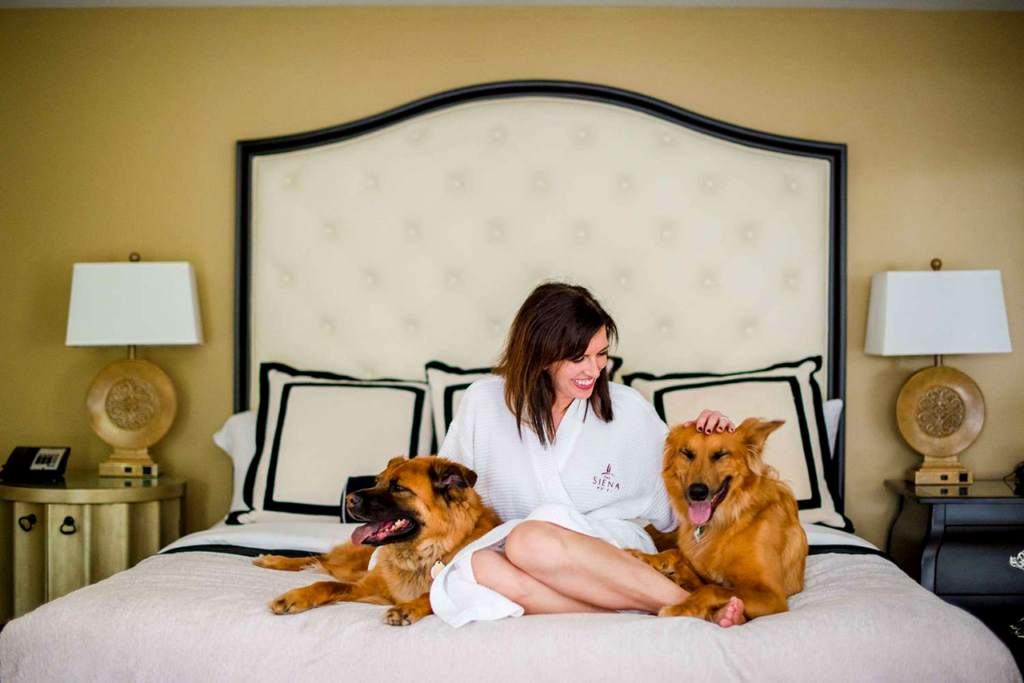In today’s fast-paced world, pet ownership has become increasingly popular. Our furry, feathered, and scaly friends bring joy, companionship, and a sense of responsibility into our lives. However, with the rising costs of professional pet care services, many pet owners are turning to more cost-effective and rewarding DIY pet care. This article explores the various advantages of taking a hands-on approach to caring for your pets, such as saving money and acquiring valuable skills.
Read More: The Importance of Regular Pet Grooming: Maintaining Health and Hygiene
Contents
The Rising Costs of Professional Pet Care

As pet owners, we all want the best for our beloved companions, and that includes their health and well-being. However, the expenses associated with professional pet care services have been steadily increasing, making it financially challenging for many. Veterinary bills, grooming, pet sitting, and dog training can put a significant dent in our wallets.
The average cost of a routine vet visit has increased over the years, with some procedures and medications becoming exorbitantly priced. Grooming your pet, whether it’s a dog or a cat, can be a costly venture. Regular grooming appointments for your pet can set you back hundreds of dollars annually. Moreover, if you rely on pet sitters or boarding facilities when you’re away, these services can accumulate into significant expenses.
The Thrifty Pet Lover: Saving Money Through DIY Care
Home Grooming
One of the most significant benefits of DIY pet care is the substantial savings it offers. Grooming your pet at home can save you hundreds of dollars annually. With the right tools and a bit of practice, you can master the art of pet grooming, including brushing, bathing, and even nail trimming.
Investing in a set of quality grooming tools may seem like an upfront expense, but it pays off in the long run. You can groom your pet at your convenience, avoiding the recurring cost of professional groomers. Moreover, the bonding experience during home grooming sessions can be incredibly rewarding for both you and your pet.
Basic Health Checks
You don’t need a veterinary degree to conduct basic health checks on your pet. Regularly inspecting your pet’s eyes, ears, teeth, and fur can help you spot potential issues early, reducing the need for costly vet visits. Understanding how to perform these basic health checks can save you not only money but also potentially save your pet from suffering due to undiagnosed issues.
By learning to recognize the signs of common ailments and understanding your pet’s normal behavior, you can take timely action. For instance, noticing changes in your pet’s appetite, energy level, or bathroom habits can help you address concerns before they become serious, reducing the financial burden of extensive medical treatments.
Homemade Pet Food
Another way to save money while ensuring your pet’s health is by preparing homemade pet food. With a little research, you can create nutritious, balanced meals tailored to your pet’s specific needs, avoiding the high costs of premium pet food.
Commercial pet food, while convenient, can be expensive and may not always cater to your pet’s unique dietary requirements. By making your own pet food, you have control over the ingredients, ensuring that your furry friend receives the best nutrition at a fraction of the cost. Homemade pet food can also be beneficial for pets with dietary restrictions or allergies, as you can tailor recipes to their specific needs.
The Empowerment of DIY Pet Care: Developing New Skills

Bonding with Your Pet
When you take on the responsibility of caring for your pet’s needs, you not only save money but also foster a deeper bond with your furry friend. DIY pet care provides an opportunity for quality one-on-one time, strengthening your relationship.
The time you spend grooming, training, and providing care for your pet is invaluable in terms of building trust and enhancing the emotional connection between you and your pet. It’s a chance to communicate, share experiences, and create lasting memories together.
Learning Animal Behavior
Engaging in DIY pet care encourages pet owners to become more attuned to their animals’ behavior. Understanding your pet’s body language and habits can help prevent problems and enhance communication.
Pets communicate through subtle cues that can easily go unnoticed if you’re not actively involved in their care. By taking on these responsibilities, you’ll become more in tune with your pet’s moods, preferences, and needs. This heightened awareness can lead to a more harmonious and stress-free coexistence.
Practical Skills
As you delve into the world of DIY pet care, you’ll acquire valuable practical skills. Whether it’s learning how to administer first aid, clicker training your dog, or creating a comfortable living space, these abilities can benefit both you and your pet.
First aid skills are particularly crucial in emergencies. Knowing how to apply basic first aid can be the difference between life and death in some situations. Similarly, training your pet can save you money and provide a sense of accomplishment. Building a cozy and pet-friendly environment at home enhances your pet’s well-being and comfort.
Conclusion
In a world where pet care costs are steadily rising, taking the DIY approach offers numerous advantages. Not only does it save you money, but it also empowers you to develop new skills and deepen your bond with your beloved pet. By choosing to be a hands-on pet owner, you are not only investing in your pet’s well-being but also in your personal growth.
Read More: 7 Signs of a Pet Dental Emergency
Frequently Asked Questions
- Is DIY pet care suitable for all pets? While DIY pet care can be beneficial for most pets, it’s essential to consider your pet’s specific needs and consult with a veterinarian when necessary. Some pets, especially those with complex medical conditions, may require professional care.
- What are the basic tools needed for home grooming? Basic grooming tools include brushes, combs, nail clippers, and pet-safe shampoos. Specific tools may vary depending on your pet’s breed and coat type. Consult with pet grooming guides or professionals for recommendations tailored to your pet.
- Are there any potential risks to DIY pet care? DIY pet care can be highly rewarding, but it’s crucial to educate yourself and approach it with caution. Always consult professionals for complex issues or medical concerns. If in doubt, reach out to your veterinarian for guidance.
- How can I find resources for homemade pet food recipes? Numerous books, online forums, and websites offer guidance on preparing nutritious homemade pet food. Consult reliable sources for your pet’s specific dietary requirements, and consult with your veterinarian to ensure your homemade meals meet your pet’s nutritional needs.
- What’s the most important aspect of DIY pet care? The most important aspect of DIY pet care is a commitment to your pet’s well-being and a willingness to learn and adapt as your pet’s needs change over time. It’s about being proactive, responsible, and attentive to your pet’s needs and happiness.




















